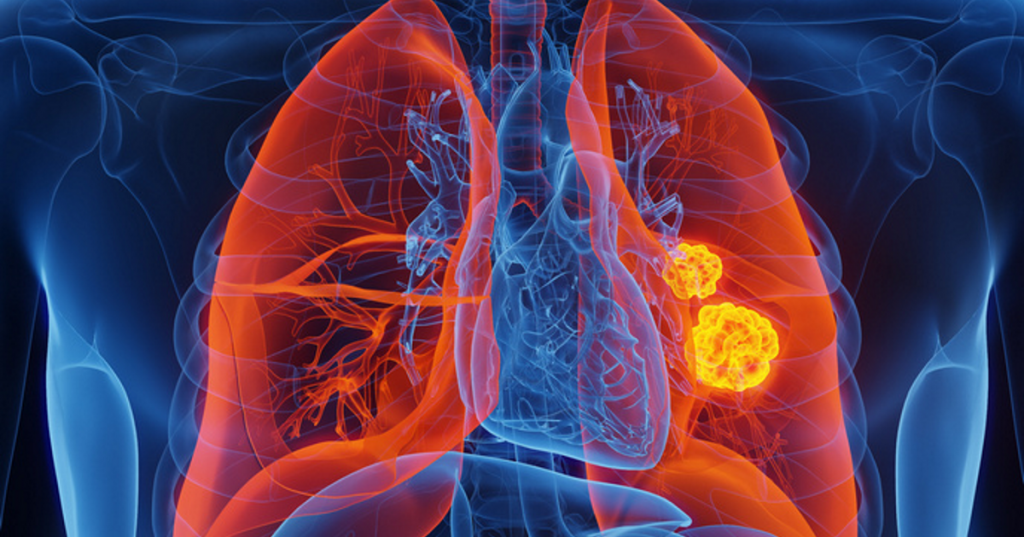Choosing to quit vaping is a personal decision, but the effects it triggers within the body are far from private. They’re powerful, noticeable, and often life-changing. While the physical and mental toll of vaping accumulates quietly over time, the healing process after quitting is surprisingly swift, with dramatic improvements occurring in as little as 24 hours and compounding significantly over 90 days.
Within the first few hours, your body shifts gears. Heart rate, which may have been elevated due to nicotine stimulation, starts returning to a more natural rhythm. Blood vessels begin to relax, and blood pressure stabilizes. These minor adjustments may go unnoticed at first, but they are the first dominoes to fall in a complex chain of healing.
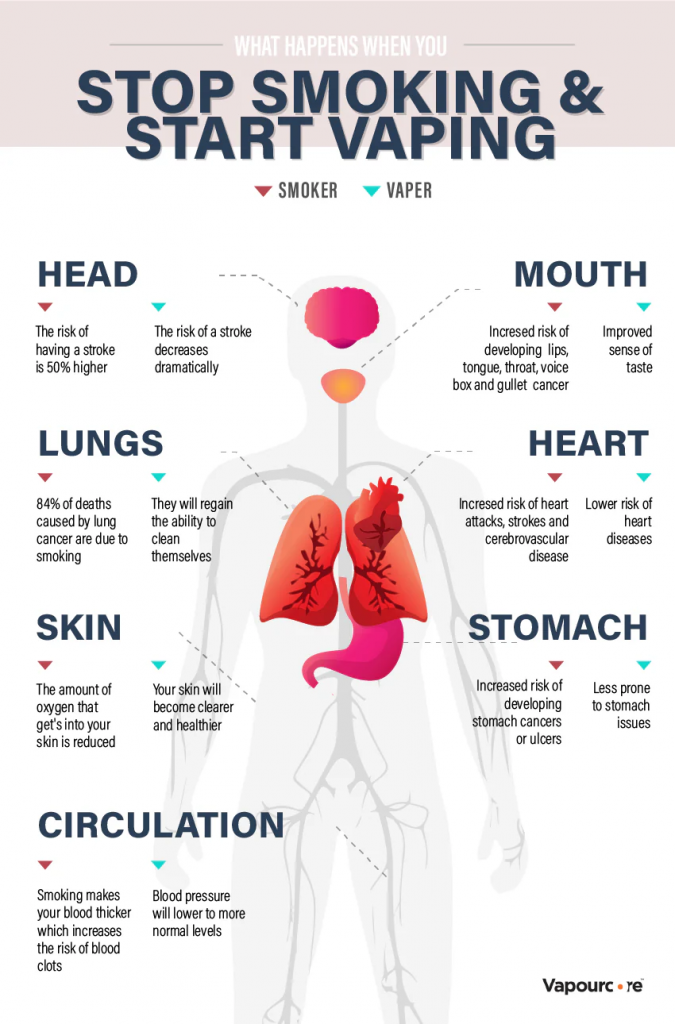
At the cellular level, the absence of nicotine and chemical irritants allows tissues to start restoring their natural functions. Carbon monoxide levels — which may have been elevated from vaping aerosol inhalation — decline, leading to better oxygen absorption in the bloodstream. Many people describe this as a subtle lift in energy or an easier time breathing, even within the first two days.
By the end of the first week, a significant reversal in sensory degradation becomes apparent. Many former vapers report rediscovering flavors they hadn’t tasted in years. Meals become more satisfying, and familiar scents begin to return with surprising clarity. This is a direct result of nerve endings beginning to regenerate, particularly in the nose and mouth.
The lungs also begin their slow and steady recovery. The fine hairs in your airways — known as cilia — which may have been stunned or impaired by vapor exposure, start functioning again. These structures play a key role in clearing mucus, debris, and pathogens. Their restoration leads to noticeably less coughing, chest tightness, and congestion, especially during sleep.
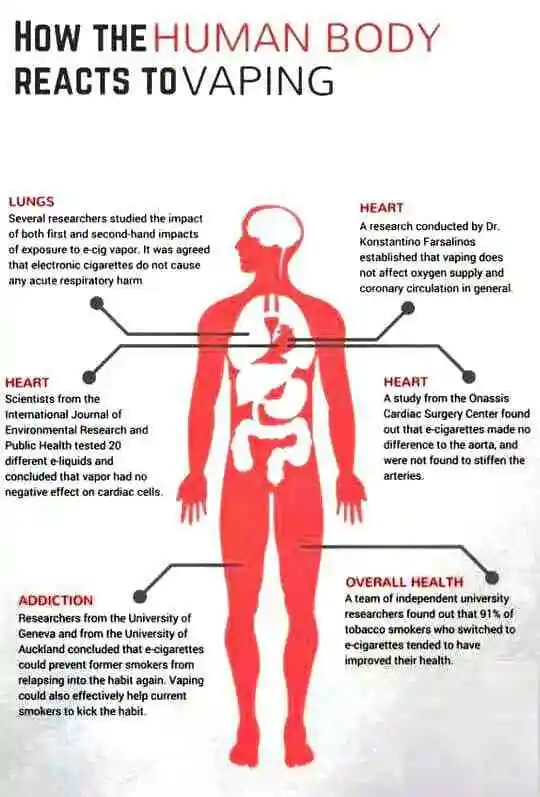
Between weeks two and four, the cardiovascular system shows impressive gains. Circulation improves as blood vessels regain elasticity and efficiency. Skin tone may brighten slightly due to improved oxygen flow, and fingers or toes that previously felt cold due to poor circulation may feel warmer. Physical activity becomes easier — walks feel lighter, stairs more manageable.
Mood swings, however, can be common during this phase. Nicotine withdrawal has both psychological and physiological components. Cravings might fluctuate, but they do lessen. The emotional highs and lows begin to even out for most people as their brain adjusts to operating without a regular nicotine supply. Interestingly, many individuals report feeling more mentally clear and emotionally stable after this adjustment period.
By the time one month has passed, improvements become more holistic. Respiratory endurance continues to grow, and the frequency of colds or sinus infections often drops. The immune system begins to operate more robustly without the constant stress of inhaled chemicals. Many vapers who also experienced dry mouth, gum irritation, or oral health concerns notice those symptoms reducing.
Between the second and third month, a shift occurs that is both physical and psychological. Many people begin to feel a renewed sense of control. Physically, stamina increases — workouts become more effective, breathing becomes deeper and less labored. Psychologically, the grip of addiction begins to weaken. What once was a daily necessity fades into something that feels more distant, more manageable.
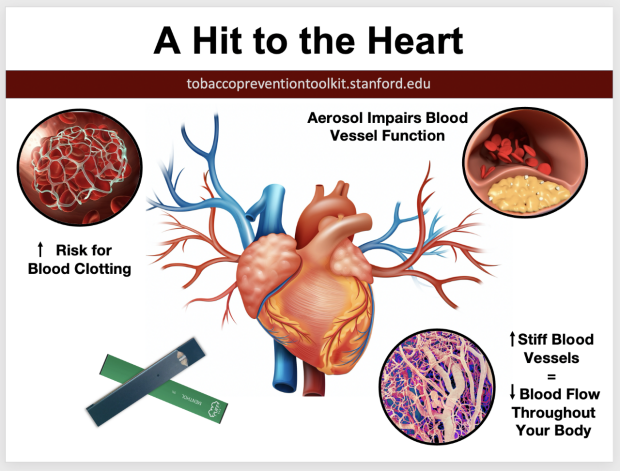
During this phase, hormonal balance also begins to normalize. For women, this can include more regular menstrual cycles. For men, testosterone production stabilizes. Sleep improves noticeably for many people. Vaping, especially with nicotine, often disrupts natural circadian rhythms. Without that stimulant, sleep cycles become deeper and more restorative. Dreams become more vivid, and morning grogginess tends to subside.
Financially, the benefits start to stack up. An average vaper might spend hundreds per month on disposable vapes, pods, or e-liquid. Quitting frees up significant funds that many redirect toward hobbies, healthier foods, fitness memberships, or savings. There’s a certain satisfaction in seeing both your wallet and your health rebound at the same time.
By day 90, the body has entered a new phase — one where the absence of vaping is no longer a daily battle, but a lifestyle. Lungs continue regenerating. Heart function strengthens further. Resting heart rate often drops. The skin appears clearer, with reduced puffiness and discoloration. For some, chronic fatigue lifts entirely. Physical energy becomes more consistent throughout the day.
The transformation extends to relationships as well. The social isolation that sometimes comes with vaping — stepping out during gatherings, hiding the habit, dealing with judgment — begins to lift. Many individuals report feeling more present in their personal lives, more confident in social settings, and more at peace within themselves.
This 90-day shift is not just about quitting something — it’s about gaining something deeper. It’s a return to your natural baseline, to your body’s original state of balance before constant chemical stimulation. It’s not just detoxification. It’s revival.
In the absence of vaping, your body doesn’t merely pause — it accelerates its own repair mechanisms. It prioritizes healing. It clears toxins, restores balance, and sharpens senses. What you gain in 90 days is far greater than what you give up.
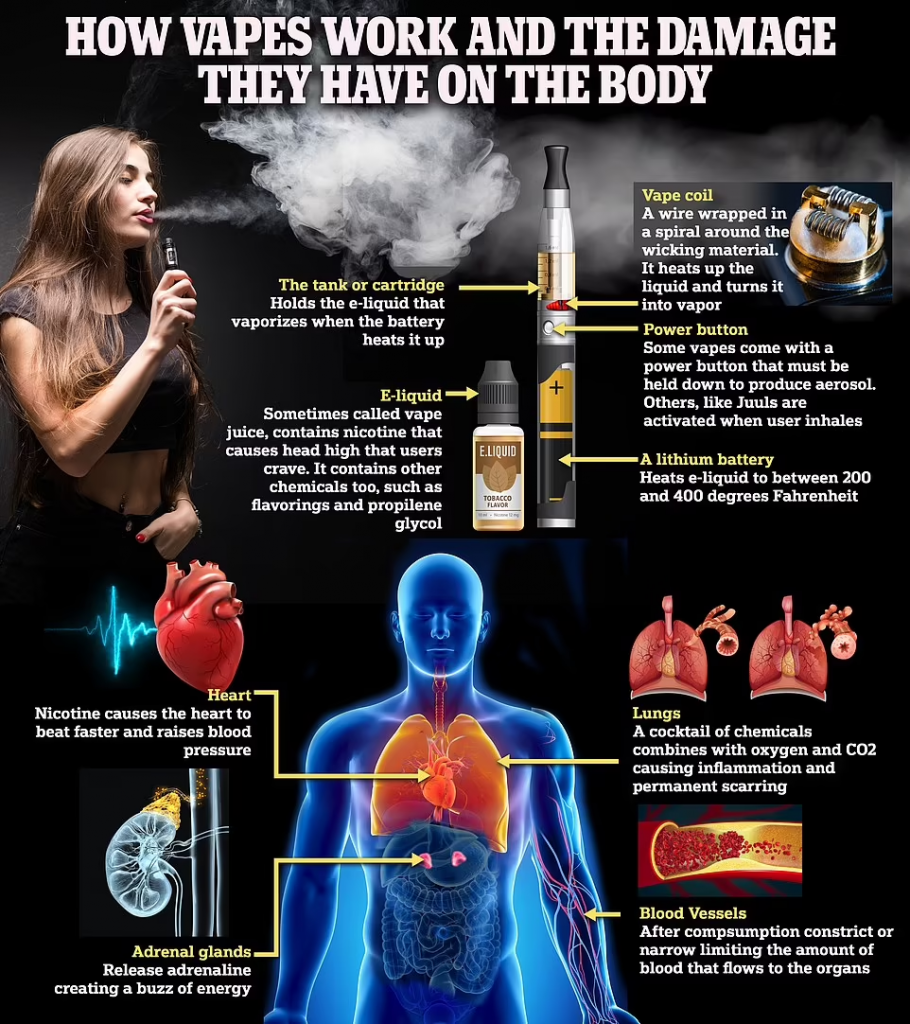
It’s important to understand that recovery doesn’t stop at day 90. Many of the benefits that begin in these three months continue to grow in the months and even years that follow. Risk of heart disease continues to decline. Lung capacity can increase even more. The risk of certain cancers begins to drop significantly. The body’s resilience returns.
The psychological impact of having broken a powerful habit also deserves recognition. There’s empowerment in overcoming dependency, in proving to yourself that your body and mind can adapt, grow, and thrive without external crutches. That confidence permeates other areas of life, encouraging healthier decisions and more mindful living overall.
In the end, the 90-day transformation is not just a recovery — it’s a reawakening. A reawakening of vitality, control, and clarity. For those who choose to stop vaping, the rewards are not vague promises. They are real, tangible changes that unfold day by day, breath by breath.
